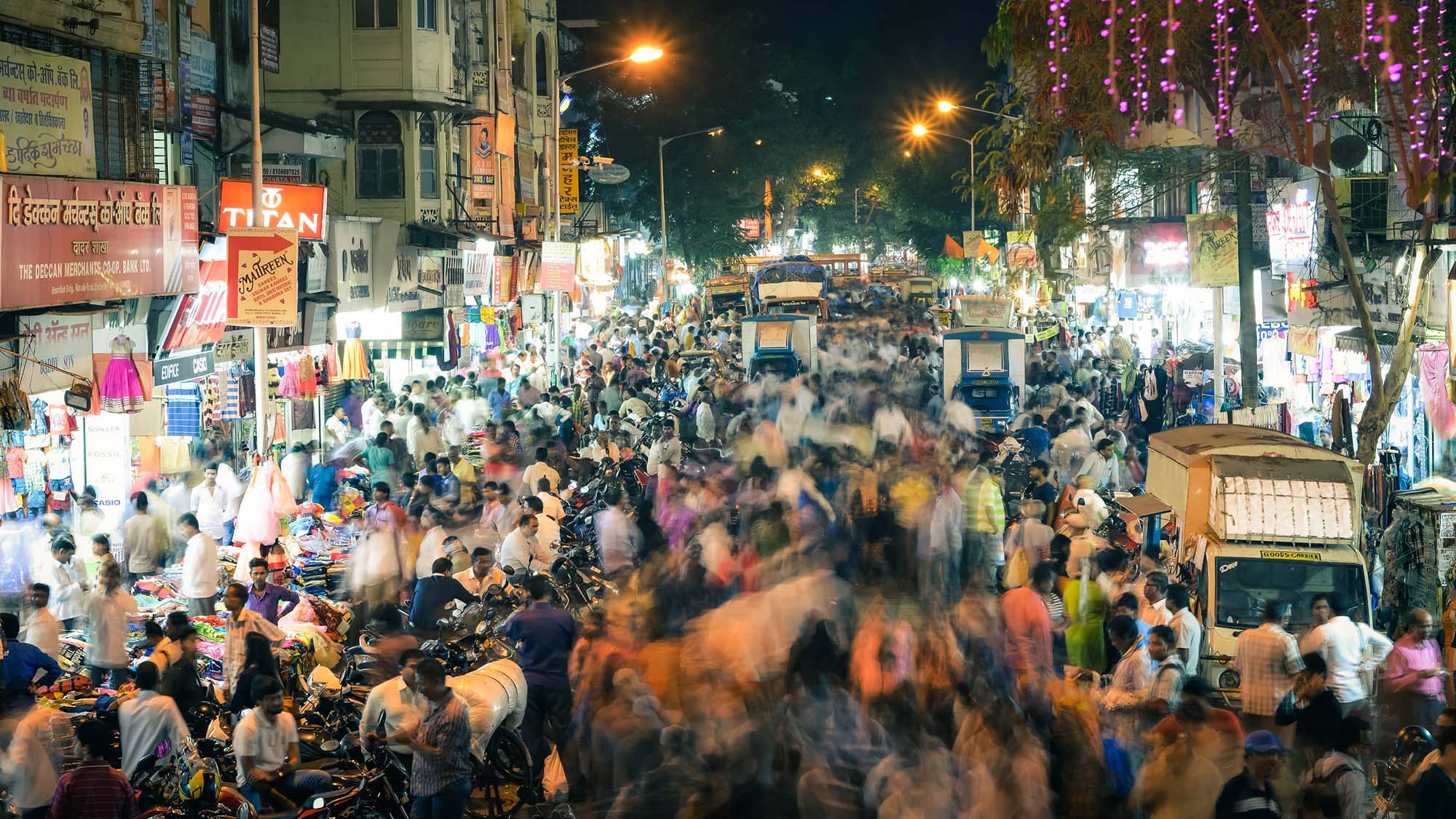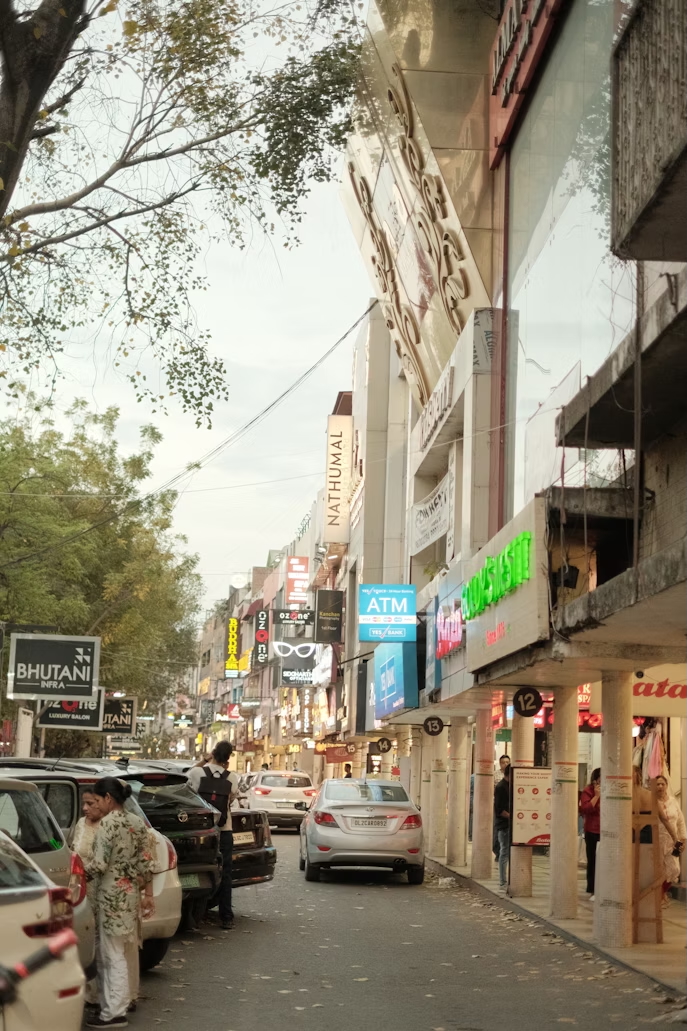With 1.4 billion people, a median age of 29, and a mobile‑first mindset, India excites and confounds businesses in equal measure. The potential rewards are enormous… and so are the risks of mis‑steps. Beneath the headline numbers, the fastest consumption growth now originates in Tier‑2 and Tier‑3 cities: cities of one million that fuse aspirational modernity with intensely local codes, revealing nuances that Mumbai - Delhi dichotomies can obscure.
A landscape this culturally, linguistically, religiously, economically and behaviourally diverse cannot be approached with cookie‑cutter strategies or templated propositions. Yet that very complexity means brands willing to break category conventions and tap into local, culturally rooted ideas can still scale. Challenger and mid‑sized players frequently discover more potent versions of themselves by yielding to the forces of everyday Indian life.
Yet for me, India is more than a market that rewards adaptation; it is a signal market – and one that can illuminate paths for other geographies as propositions refract through life on the Deccan Plain.
Too often, economists lump markets together under catchy but lazy acronyms such as BRIC once was, and then strategy decks place countries on tidy axes: established to emergent, traditional to experimental. India is frequently relegated to the “traditional/follower” quadrant, tied to old markers of status and slow to adopt new categories. That assumption is not only presumptuous; it is commercially hazardous.
The market’s sheer size and diversity presents scalable segments that buck convention and offer rich streams into which to tap:
- Recent Scotch whisky research I’ve led reveals sizeable (male and female) segments that dismiss age statements in favour of alternative forms of exploration and flavour experiences.
- Beauty shoppers comfortably weave Ayurvedic principles into routines that are simultaneously spiritual and science‑curious.
- Luxury narratives celebrate historical provenance and cultural context as status symbols more than mere rarity or exclusivity.
- And conversely, local flavours, formats and consumption rituals travel abroad and land as genuinely new ideas.
Most compellingly, concepts of premium reveal layered meanings around identity, home and social role: less “luxury‑lite” and more intrinsic worth that consumers feel they have earned.

With potential to listen and learn from the market so great, my advice to clients looking to enter or strengthen their position in India is:
- Think in demand spaces. Winning in India means thinking relationally: not only who buys, but how, why they trust, and what emotional contract they want with your brand. Tech triumphs by grasping how exams, Diwali timetables and WhatsApp voice notes shape behaviour. Beauty prevails when it builds rituals that sit alongside family lore, monsoon‑proof skin and inter-generational trust.
- Challenge inherited frames. Legacy tools like socio-economic grades rarely hold up here. They’re too linear for a country where a student in Indore orders Korean sheet masks on Instagram while her mother swears by an ubtan recipe passed down three generations. In making the most of the opportunities in India and integrating them within a global ambition, strive for coherence rather than consistency which will ‘flatten’ your view or grasp of the market.
- Stay in discovery mode. India is less a single territory than a thousand micro‑climates, emotional states and social codes. Growth is increasingly propelled by Tier‑2 and Tier‑3 cities, whose blend of nascent modernity and deep‑rooted context can confound capital‑city assumptions. Enter with an open mind and be ready to rewrite the rest‑of‑world playbook based on what you learn. Begin with ethnography, go deep, and watch how your strategy refracts through the prism of the subcontinent.

